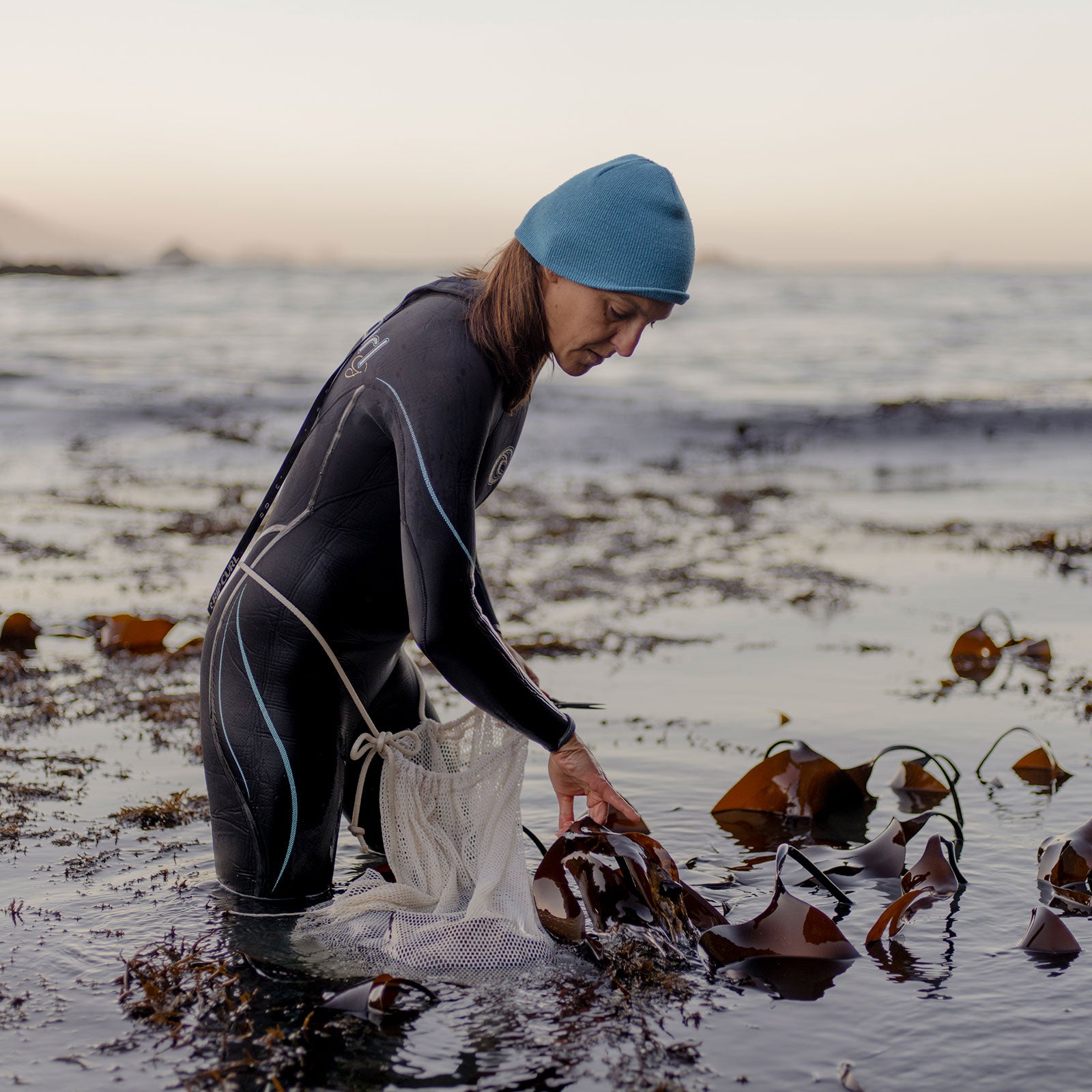The Bay Area is a forager’s eden. Juicy plums dangle from branches in summer, savory porcinis blanket coastal forests in autumn, and winter brings , named for the prospectors who devoured it to stave off scurvy. The secret to a locally picked bounty is knowing where to look. For roughly a decade, the mycologists, farmers, and nature geeks at have led wild food walks through city parks and along the coast, extolling the superior flavor and nutrition of foraged grub. “Your lens changes when you realize that so much of what’s around you is edible,” says founder Iso Rabins.
Aided by celebrity chefs like René Redzepi, the foraging craze took off in the 2000s from Seattle to Copenhagen, and it has flourished in San Francisco. By the time ForageSF opened in 2008, some were already writing off foraging as a foodie fad, but enrollment in the company’s programs has grown. Offerings have expanded to include a variety of classes (including DIY mushroom cultivation, starting this fall), and Rabins has created a restaurant incubator. “As tech gets bigger in the area, people are hungry to do something with their hands,” he says.
We asked ForageSF’s guides to share some beginner steps to get started in your own neck of the woods.
Travel light. “If foragers were action figures,” says naturalist and author , “they’d probably come armed with a plastic bag and a pair of scissors.”
Steer clear of contaminated soil. That includes busy roadsides, industrial sites, golf courses, train tracks, and spots with lots of dead vegetation, where herbicide may have been used.
Start with easy-to-ID plants that don’t have toxic look-alikes and eat only what you know. (For example, steer clear of the common field mushroom, Agaricus campestris, and , Amanita phalloides.) Naturalist and mycologist Maya Elson recommends sourgrass, found throughout the U.S., which “adds a nice lemon flavor to your water,” and miner’s lettuce, which grows up and down the West Coast. “My two-year-old is easily able to identify both of these,” she says. To expand your skill set, see if your city has a foraging club or tour.
Keep it legal. Picking plants in most public parks is against the law, but you can stretch your identification muscles in these flora-rich zones.
Never pick rare or endangered edibles. And only take as much as you’ll eat. Rule of thumb: limit your gathering to a quarter of any single patch. Check your state’s legal maximum for higher-volume harvests like seaweed, which can range from ten pounds per day in California to .
Be discreet. Foragers tread lightly in fragile ecosystems and never spill the dirt on where they find rare treasures. Save the social-media post for the roasted fennel you whip up afterward.
Prepare your spoils safely. Most plants have washable skin, but mushrooms should be cooked for ease of digestion. (Cooking usually won’t neutralize poisonous fungi, though.)


